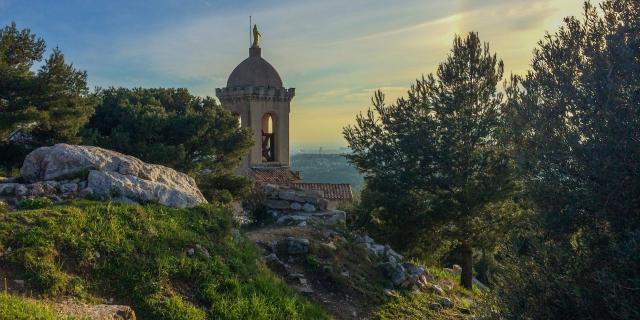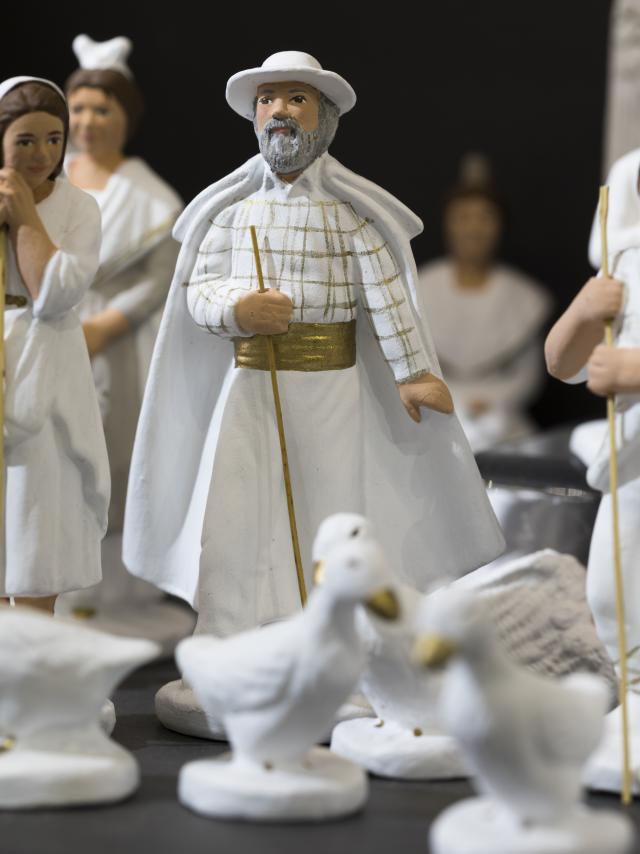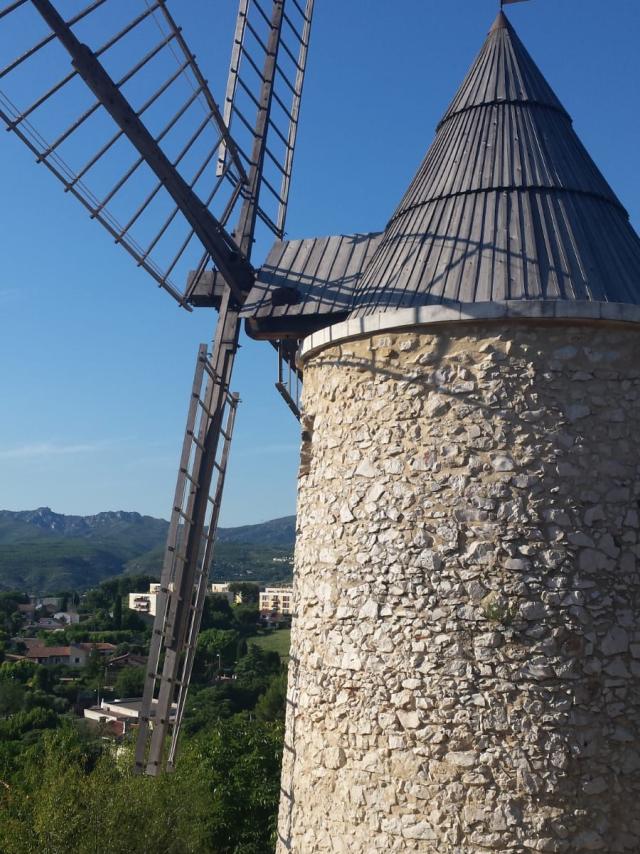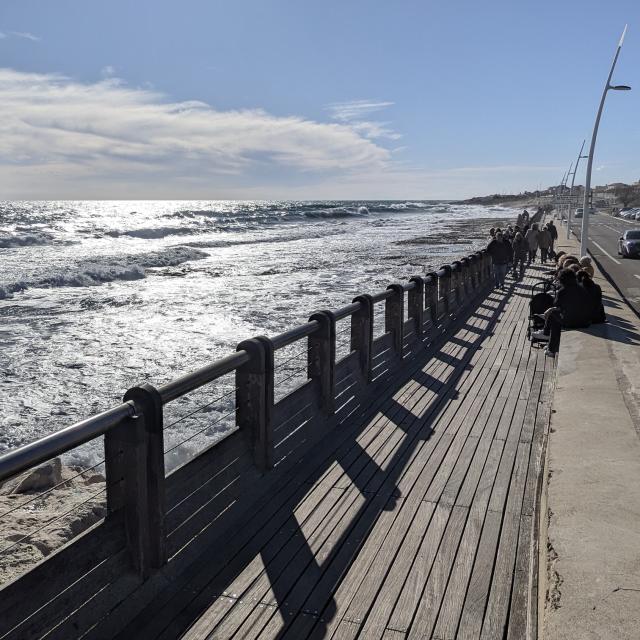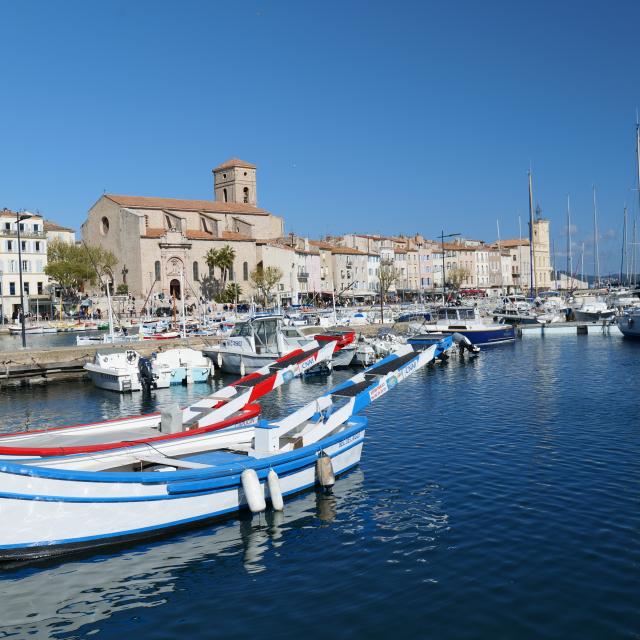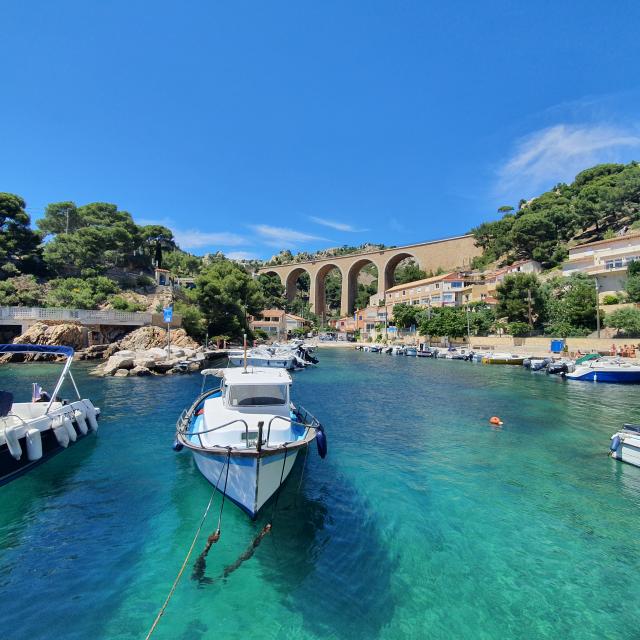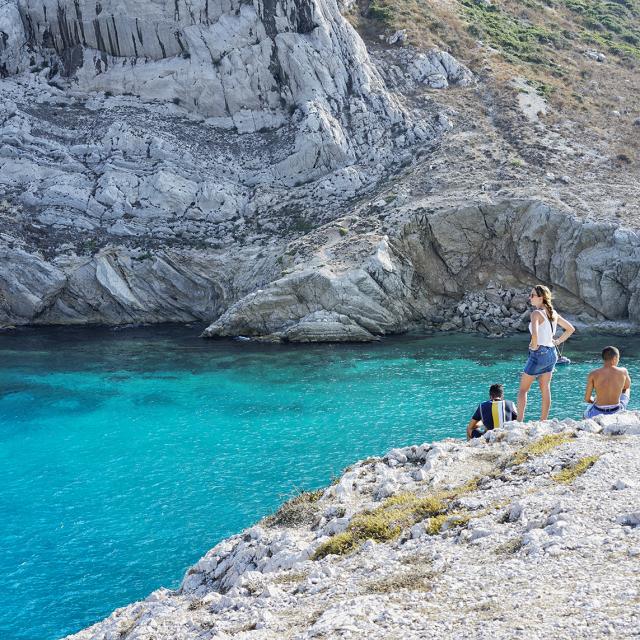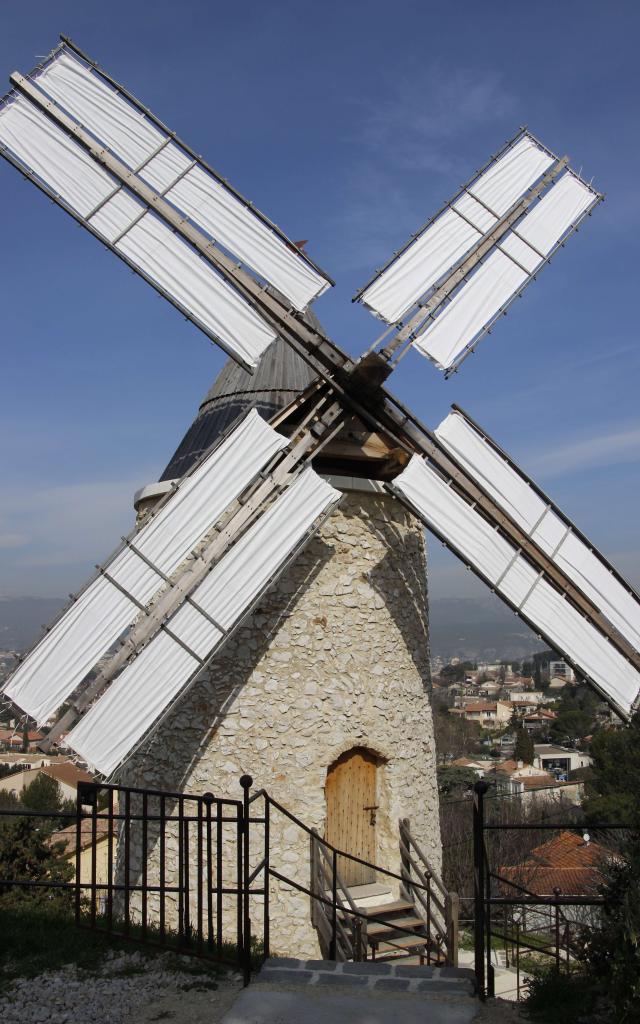
A little history
In the hills so dear to the heart of the famous writer Marcel Pagnol, but also to the people of Allauch, fossil-like traces have been found attesting to the presence of prehistoric man. The Montadien, named after the Montade cave in neighbouring Plan de Cuques, is thought to have lived in Allauch.
In 600 BC, Marseille was born of a marriage between Gyptis and Protis. While the young man was originally from Phocaea, the young and beautiful Gyptis was from Allauch.
Allauch today
Today, Allauch covers an area of 52 km² (1/5 the size of Marseille) and its population is spread across a number of districts: Le Village, La Pounche, Pié d’Autry, Le Logis Neuf, Les Gonagues, Fontvieille and Val d’Allauch. Home to the Bastide Neuve (the famous house where Marcel Pagnol used to spend his holidays), Allauch is also home to most of the remarkable peaks of the so-called Pagnol hills (Taoumé, Tête Ronde, Grande Tête Rouge, Petite Tête Rouge, etc.), as well as caves such as Baume Sourne, Grotte des Pestiférés and Grosibou. Allauch is home to the Pichauris departmental park, from which there are many walks to be enjoyed in the hills.
Must-sees in Allauch
High above the village is the 12th-century chapel of Notre-Dame du Château, a 15-minute walk away. Its forecourt offers a breathtaking view of Marseille, dominated by the famous ‘Bonne Mère’ (Good Mother), in some ways considered its big sister. Every Allaudian knows the legend that success in throwing the stone into the alcove without it falling to the ground brings good luck. Still in the village, the Place des Moulins is also a place of interest. The Camoin mill and the Ricard mill have been renovated, and the latter can be visited every Sunday. From the esplanade, where there is an orientation table, you can enjoy a beautiful view of Marseille and the Etoile mountain range. The Place du Docteur Joseph Chevillon, home to the church of Saint-Sébastien, has retained its Provençal charm of yesteryear.
